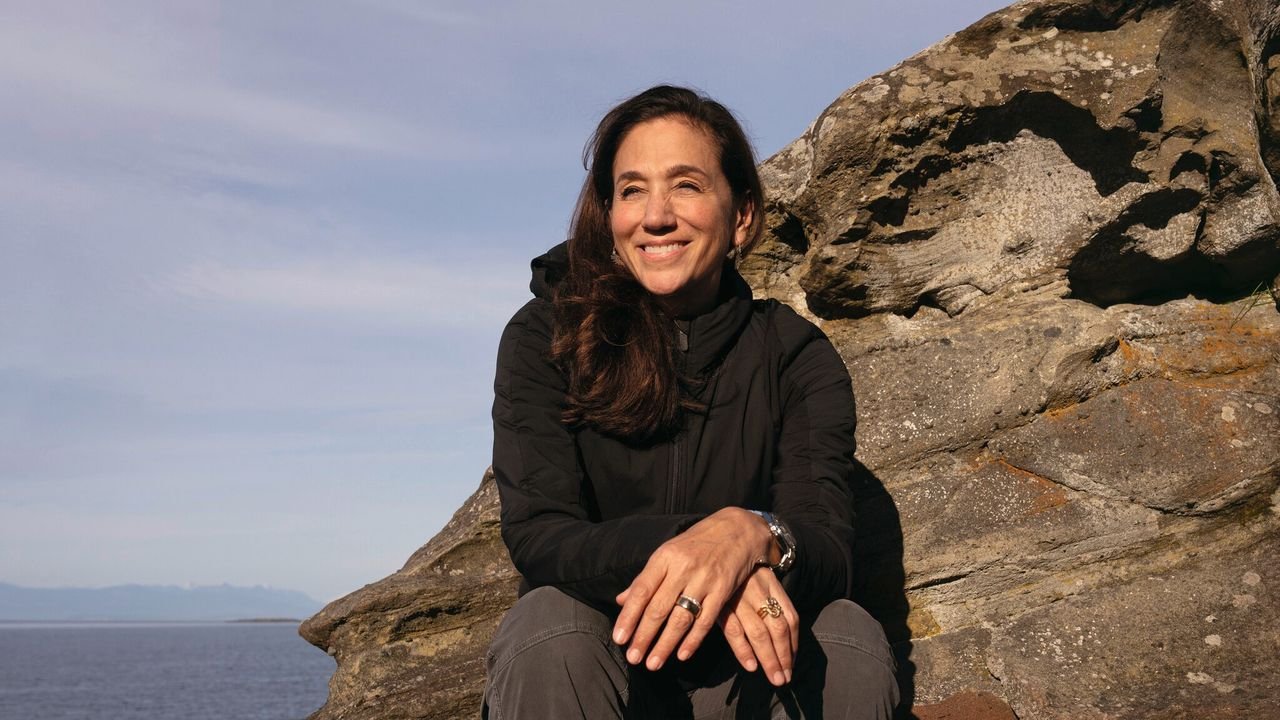“Only five percent of the people on the planet call themselves indigenous, but they are the guardians of eighty percent of the remaining biodiversity,” says Mexican-born marine biologist-turned-photographer Cristina Mittermeier. Over the past three decades, she has reshaped the idea of what nature photography can be; an act of advocacy, a bridge between science and emotion, and a call to protect not just ecosystems but the communities that sustain them. Central to her work is the conviction that indigenous communities are the true guardians of the planet. Their knowledge systems, traditions, and ways of living represent models of stewardship in a time of ecological crisis. Her work has ranged from documenting these communities who safeguard biodiversity to photographing whales, reefs, and seascapes that speak both to ecological crises and to the possibility of beauty and hope.
In 2014, she co-founded SeaLegacy, a global nonprofit and storytelling collective that uses photography, film, and digital campaigns to rally public support for ocean protection. Her most recent book, HOPE weaves her personal narrative with visual stories from over 130 countries. She is also supported by Rolex’s Perpetual Planet initiative, which backs individuals and organizations using science and storytelling to address the planet’s most pressing environmental challenges. Through the program, Mittermeier mentors young conservationists and ocean advocates, encouraging local communities, from fishers to coastal stewards, to lend their voices to ocean conservation. Her work with the initiative extends beyond photography to public advocacy, from speaking at conferences like the UN Ocean Conference in Lisbon to propelling the global conservation on marine conservation.
In a conversation with Condé Nast Traveller, 58-year-old Mittermeier is candid about the struggles of breaking into a male-dominated field in the 1990s, balancing her career with motherhood, and the long, often invisible work behind conservation successes.
Cristina Mittermeier
You trained as a marine biologist before becoming a photographer. What prompted the shift?
When I got my degree, I realized that the reason I had chosen this field was because I love animals. That’s the underlying reason for all my career choices: the unbearable suffering of creatures caught in nets or hunted, and just wanting to do something about it.
I then realized science may not be the right language if what you’re trying to do is reach a large audience, most of whom don’t speak a scientific discourse. I needed to find a better tool. And I stumbled upon photography. I could have easily become a poet or a writer or something else. But I just met a photographer that shared office space with me, and that was my first entry point into how art has the power to reach people in a different way.
When you first began, what was the world of wildlife photography like, and how did you find your own place within it?
Wildlife photography, and underwater wildlife photography in particular, are incredibly difficult and dangerous. They’re also expensive and hard to access. When I began, especially in the 1990s, it was white, middle-aged men, retired doctors and lawyers, who were doing wildlife photography. Photography was very colonial, really, in the way that cameras were pointed at wildlife in a very exploitative way. That got me thinking: are there photographers out there who are using their cameras to advocate for the places and the subjects where they work?


